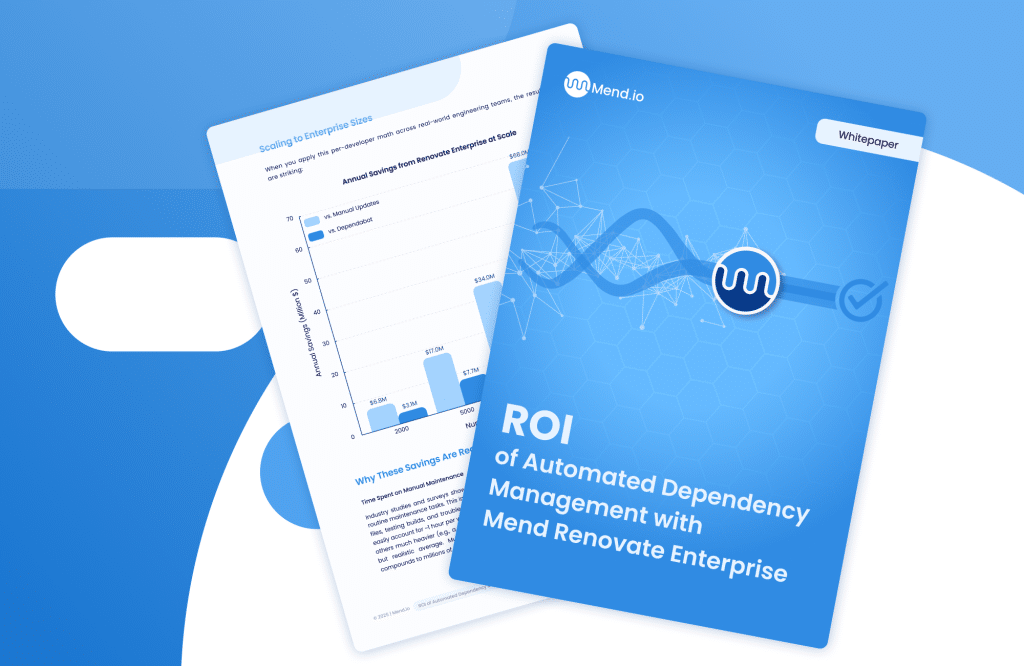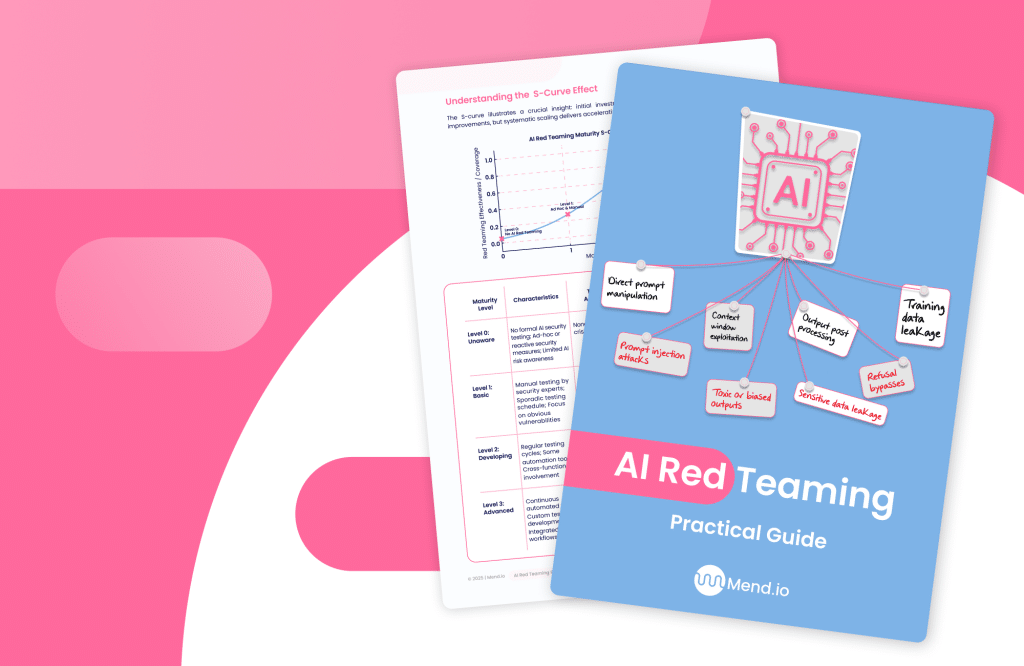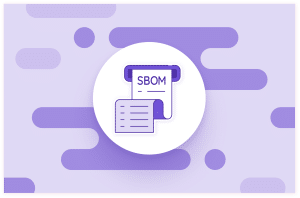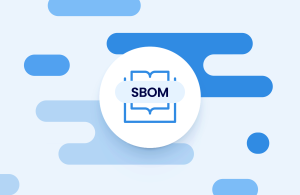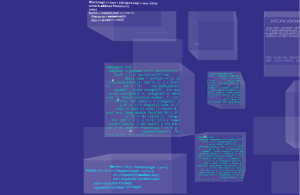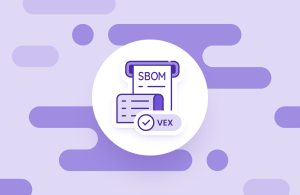Table of contents
SBOM Security: 6 Key Components and Top 3 Use Cases

Software supply chain security has become one of the most urgent priorities in application security. At the center of this shift is the software bill of materials, or SBOM. More than just an inventory, an SBOM can serve as a security tool when managed correctly. In this article, we break down the six key components that make SBOMs effective for security and explore the top three use cases where they deliver the most impact. This article is part of a series of articles about SBOM.
How does a software bill of materials (SBOM) contribute to cybersecurity?
An SBOM (Software Bill of Materials) is a structured list of components, including third-party and open-source software, that make up a software application. It’s a detailed inventory of everything that goes into a software product, similar to a list of ingredients for food.
SBOMs are crucial for improving software security by providing transparency and enabling organizations to identify and address potential vulnerabilities and risks within their software supply chains. An SBOM typically includes information such as component names, versions, licensing data, and reference links, providing clarity on what is present in a software build.
Key components of SBOM security include:
- Vulnerability Identification: SBOMs help organizations quickly identify known vulnerabilities (CVEs) in their software components, allowing for faster patching and remediation.
- Supply chain security: SBOMs enhance supply chain security by offering end-to-end visibility into all software dependencies, including indirect or transitive components.
- Compliance: SBOMs are increasingly required by regulations like the Executive Order on Improving the Nation’s Cybersecurity. They help organizations demonstrate compliance with security standards and guidelines.
- Risk management: By providing visibility into software components, SBOMs enable organizations to assess and mitigate risks in their software supply chain, including those related to third-party dependencies.
- Incident response: In the event of a security incident, SBOMs can be used to quickly identify which software components are affected and to take appropriate remediation steps.
- License management: SBOMs also help with license compliance by providing a clear inventory of the licenses associated with each software component.
Key components of SBOM security
1. Vulnerability identification
SBOMs enable automated vulnerability scanning by listing every library and dependency within a software package. With tools that consume SBOM data, organizations can cross-reference listed components with public vulnerability databases, such as the National Vulnerability Database (NVD).
Equipped with this data, security teams can respond swiftly instead of manually piecing together dependency trees. This is critical when high-severity flaws like Log4Shell arise, as organizations can instantly identify if affected versions are present in their software. SBOM maintenance allows for ongoing vulnerability management as dependencies are updated or replaced.
2. Supply chain security
SBOMs enhance supply chain security by offering end-to-end visibility into all software dependencies, including indirect or transitive components. This transparency allows organizations to detect and prevent the inclusion of outdated, untrusted, or malicious code from entering the development pipeline. By mapping each dependency to its origin, SBOMs help trace software lineage and assess the trustworthiness of upstream sources.
Moreover, SBOMs support enforcement of supply chain security policies. For example, organizations can establish rules that block the use of components from disallowed repositories or require specific provenance checks. Integrating SBOM analysis into CI/CD workflows enables real-time enforcement, reducing the chance of compromised or tampered packages making it into production.
3. Compliance
Regulatory standards such as those from the U.S. Executive Order on Improving the Nation’s Cybersecurity, PCI DSS, and various industry benchmarks increasingly require software transparency. SBOMs provide the needed documentation to demonstrate compliance, defining exactly what code is running in every environment.
Auditors and compliance personnel can reference the SBOM to confirm the use of properly licensed components and check for adherence to security policies. SBOMs also support internal risk assessments and third-party audits by offering a machine-readable record of software composition.
4. Risk management
With SBOM data, organizations can assess and prioritize risk from all external and internal software dependencies. The SBOM acts as an input into risk scoring frameworks, mapping out each component’s security posture and identifying those that require more scrutiny or proactive patching. This ensures that resources are allocated efficiently.
Risk management bolstered by SBOMs also includes ongoing monitoring as software evolves. As dependencies shift, SBOM-driven risk models can update in real-time, allowing for dynamic defense strategies. This oversight is particularly valuable in large or rapidly changing product environments where manual risk assessments would otherwise lag behind actual exposure.
5. Incident response
When new vulnerabilities are published or software incidents occur, SBOMs help organizations take focused action. The SBOM acts as a reference, letting incident response teams immediately see which applications, systems, or business processes are affected by a compromised component. This speeds up investigation, containment, and remediation.
After incident resolution, SBOMs also support post-mortem analysis and reporting. They provide an immutable record of the software as it existed at the time of the event, aiding in forensics and helping organizations meet reporting requirements for regulatory authorities or customers.
6. License management
Open-source software often comes with specific obligations—such as attribution, distribution of source code, or restrictions on commercial use—that must be tracked carefully. Without an SBOM, it’s easy for developers to inadvertently include components with incompatible or restrictive licenses, which can lead to costly remediation or litigation.
By integrating license data into the SBOM, organizations can automate license compliance checks during development and deployment. During audits or product releases, the SBOM serves as a clear and authoritative reference for demonstrating compliance with intellectual property requirements.
Top use cases of SBOM for cybersecurity
1. Vendor risk management
SBOMs are increasingly required for vendor evaluations as part of modern procurement practices. With an SBOM, organizations can assess potential supplier risk by scrutinizing the provenance and security of all software components, not just those claimed by the vendor. This approach reduces the likelihood of hidden or outdated components entering the supply chain.
Contractual language around SBOMs also standardizes expectations and establishes a basis for risk discussions with external partners. By requiring vendors to supply current and accurate SBOMs for all software deliveries, organizations gain leverage in enforcing security hygiene and can set minimum thresholds for software acceptance, improving overall ecosystem health.
2. Compliance audits
SBOMs simplify internal and external audits by providing a live inventory of software components, versions, and licenses in consistent, machine-readable formats. Auditors can quickly trace the presence of restricted or high-risk dependencies without navigating through fragmented or outdated documentation. This accelerates audit cycles.
Additionally, SBOMs simplify attestations by serving as a single source of truth about software composition. Audit teams can automate many compliance checks, while organizations can produce the necessary evidence with minimal manual effort. This traceability improves accountability and fosters trust with stakeholders, including customers and regulators.
3. AI bill of materials for artificial intelligence systems
An AI bill of materials (AI BOM) extends the SBOM concept to artificial intelligence applications, documenting datasets, model versions, preprocessing scripts, and dependencies unique to machine learning workflows. This inventory supports traceability for model deployment and helps ensure that sensitive or restricted data is not inadvertently used.
For regulated industries or safety-critical applications, an AI BOM improves compliance and security by tracing the full provenance of training and inference artifacts. It also helps respond to future incidents, as AI-generated outcomes can be linked back to specific model versions and data.
Best practices for using SBOMs for cybersecurity
Organizations can improve their security posture by implementing the following SBOM best practices.
1. Embed SBOMs into the software development lifecycle (SDLC)
Generating SBOMs should be a routine part of the software build process, ideally automated within CI/CD pipelines. By embedding SBOM creation into the SDLC, teams ensure up-to-date component inventories are always available and reflect the exact state of software at each release stage.
This integration supports proactive risk identification before code reaches production and enables continuous tracking of changes to software composition. Embedding SBOMs early and updating them throughout development reduces the overhead of last-minute security reviews and improves overall release confidence.
2. Validate and verify SBOM data
SBOM accuracy is critical. Inaccurate or incomplete SBOMs provide a false sense of security and can mislead risk assessments. Automated tools should validate SBOM contents by cross-checking declared dependencies against actual build outputs.
Verification also includes ensuring that component metadata—such as version numbers, hashes, and licenses—is correct and aligns with known repositories. Integrity checks prevent tampering and confirm that SBOMs match the binaries they describe, a necessity for both compliance and forensic investigations.
3. Establish policies for SBOM sharing and access control
Not all SBOM data should be publicly shared. Organizations must define policies governing who can access SBOMs, under what circumstances, and through what mechanisms. This includes decisions about disclosing SBOMs to regulators, customers, or third-party auditors.
Access controls should balance transparency with security, especially when SBOMs contain sensitive architecture details. Use of standardized formats and secure channels for SBOM exchange—such as digitally signed documents or access-controlled APIs—can enforce policy compliance and prevent information leaks.
4. Maintain SBOM version history
SBOMs should be versioned alongside software releases to reflect historical states of an application. Each version of software may include different components or dependency versions, so a single static SBOM cannot capture the full picture over time.
Maintaining SBOM history aids in forensic analysis, supports rollback scenarios, and enables compliance with record-keeping requirements. Versioned SBOMs also support longitudinal risk assessments by tracking how software component risk profiles evolve across releases.
5. Incorporate VEX for contextual risk assessment
Vulnerability exploitability eXchange (VEX) data provides context about whether known vulnerabilities in an SBOM component actually affect the application. Combining SBOMs with VEX helps prioritize response efforts by filtering out irrelevant alerts.
For example, if a component has a known CVE but is not used in an exploitable way within the application, a VEX statement can mark the issue as not affected. This contextualization reduces noise in vulnerability triage and enables security teams to focus on genuine threats. Learn more in our detailed guide to SBOM VEX.
SBOM security with Mend.io
Mend.io provides comprehensive SBOM and inventory capabilities that give organizations deep visibility into their software supply chain. With automated SBOM generation, Mend.io creates accurate, standards-based SBOMs in SPDX and CycloneDX, exportable in multiple formats including JSON, XML, XLSX, and HTML. CycloneDX exports can also embed VEX data, adding context on vulnerability exploitability and helping security teams prioritize remediation efforts.
Beyond generation, Mend.io supports importing SBOMs from CycloneDX, SPDX, and other tools to create or update projects, making it easy to onboard and continuously track third-party and open source components already in use. Imported projects are fully monitored by Mend.io’s vulnerability and license intelligence, ensuring that risks are surfaced even if the original SBOM lacked that detail.
Together, these capabilities enable organizations not only to meet regulatory requirements and streamline audits but also to maintain ongoing visibility and control over the components that power their applications. By bridging SBOM creation, import, and inventory reporting with continuous risk intelligence, Mend.io ensures teams can confidently manage software composition at scale and adapt to evolving security and compliance demands.
